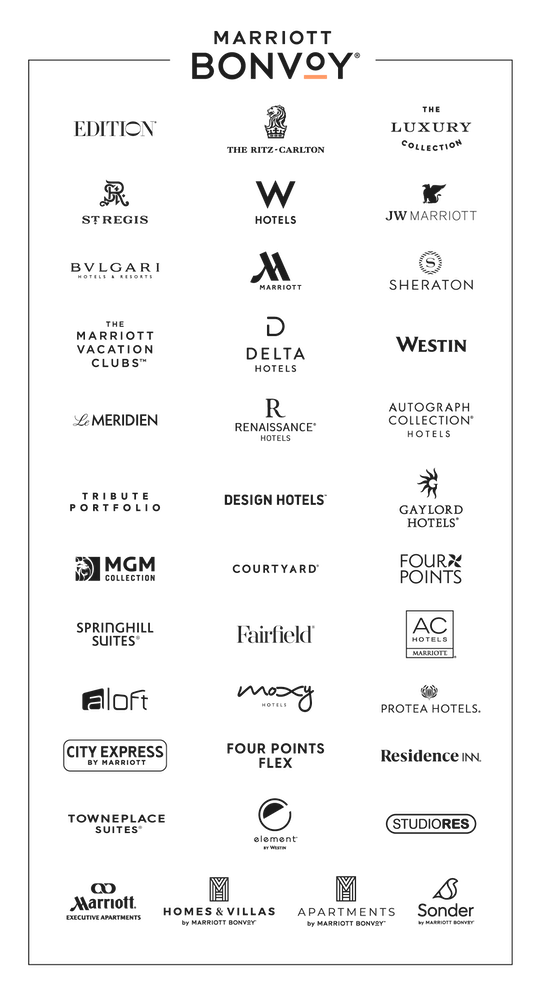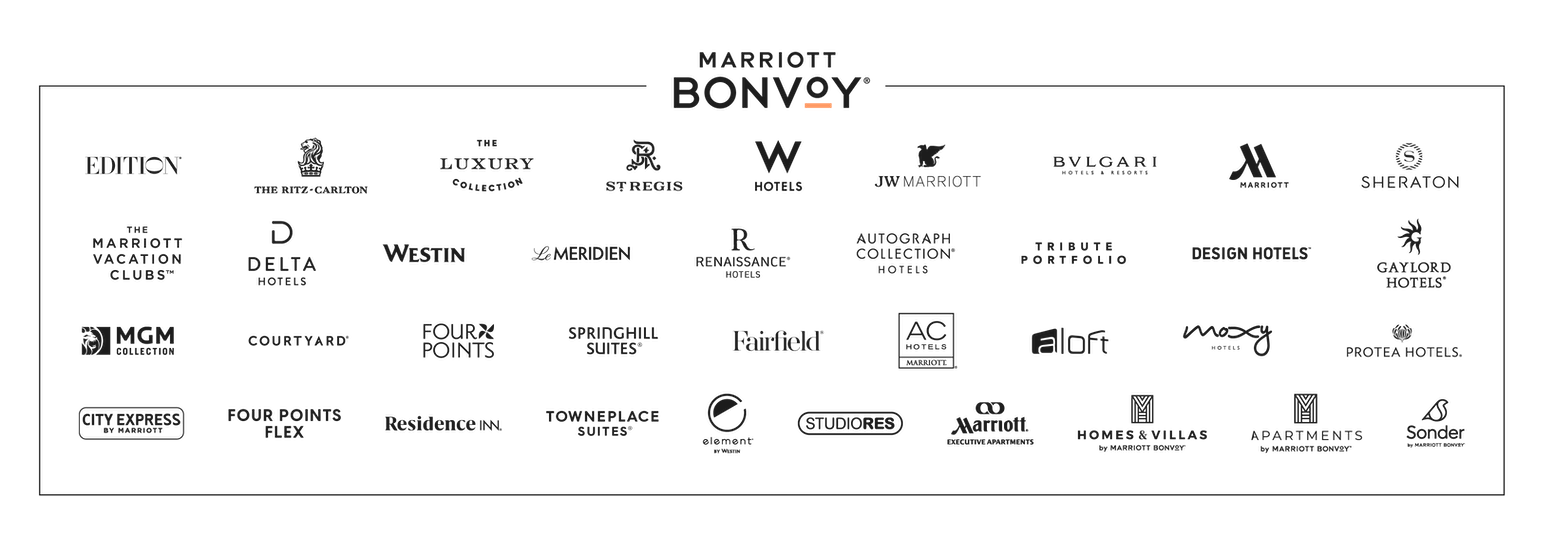Three Keys to Choosing the Right Furniture Setup
When you’re determining the best furniture setup for your meeting, it may be tempting to go with the obvious. General session? Theater seating. Breakout discussions? Circle or horseshoe. Networking event? Cabaret-style seating.
That might indeed be what your event needs. But to make your meeting more memorable, consider the furniture configuration as a part of the overall design.
“Every single day, you are in interior spaces,” says Drew Condon, studio director and senior associate at CenterCircle Creative, an interior design firm focused on business events. “And how that interior space is designed is going to reflect how you feel. If you’re in a space that feels cold, you’re going to feel that—so we like to design our spaces to where people want to stay in a general session for five hours, people want to go to the breakout and have a collaborative, meaningful meeting.”
Working with an interior designer can ensure that you’re fashioning the space that will help your meeting achieve its mission. Whether you’re working with a designer or DIYing it, here are three territories to consider as you determine which furniture configuration is best for your meeting.
Start With the Basics
Much of this will be the nuts and bolts of your meeting’s framework. How many attendees are you expecting? How many general sessions will you be hosting, and how many breakout sessions? What level of catering will you be providing?
Here’s the key to using this rudimentary information skillfully: Don’t stop there. “A lot of times meeting planners think they need something, and we want to help guide them to what they actually need,” Condon says. (The same principle holds true for working with your audiovisual team.)
He gives an example of a meeting planner saying that they need a general session with 500 seats and that it doesn’t matter how the furniture is arranged. “So we try to pry into them. Do you need particularly comfortable seating? What demographics are we looking at? Are they wearing casual clothing or are they wearing suits; will they need power?”
If you find yourself making basic seating equations based solely on session type instead of on the needs of your attendees, that could be a sign you’re working by rote. Dig deeper.
Envision How You Want the Space to Be Used
“One thing we really wish we knew right off the bat is how attendees are going to use the space,” Condon says. “How much actual time are they spending there—is it an hour or a day? We need to know that so we can design the right space, whether that’s quick and agile or if they’re going to be spending the majority of the conference in that space so we need to provide more comfort.”
The choice of posture, as Condon refers to the way seating affects engagement, can lead you to the right setup. Consider the task that attendees will be engaging with, and plan accordingly. Say that you expect a session to be an intense breakout requiring high focus. Choosing furniture that necessitates an upright posture subtly encourages that attentiveness.
Knowing how you want attendees to interact with technology also informs your setup. If the space is not meant to be used in a technologically interactive way—i.e., phones discouraged—having spaces specifically for attendees to briefly use their devices helps support conference-life balance without encouraging excessive phone use.
The Biggest Takeaway: How You Want Attendees to Feel
After Condon has ascertained his clients’ basic needs, he goes to the heart of the matter. “We like to dive in a little bit deeper and ask about what they want their attendees to feel,” he says.
Just as leveraging a destination in a meeting can help make an event more memorable, using furniture and accessories to anchor attendees in an emotional state can help the meeting take root in their memory after the conference has ended. Upholstered furniture, for example, is likelier to create a feeling of softness than metal furniture, which might be more suited to a meeting aimed at productivity.
Even when you’re limited to the furniture inventory at the venue, choosing creative configurations can help facilitate the feeling you’re after. Banquet-style seating for general sessions can help elicit conversation, which may be what you’re after—but if you want attendees to walk away dazzled by a big-name keynote speaker, traditional theater-style seating may keep people’s attention where you want it.
If you’re able to work with a designer, you’re a step ahead. But preparing for your conversation with that designer will pay off. “I hate to say it, but sometimes furniture is the last thing that planners are thinking about,” Condon says. “We want to remind them how important that feeling is to making an event successful.”

